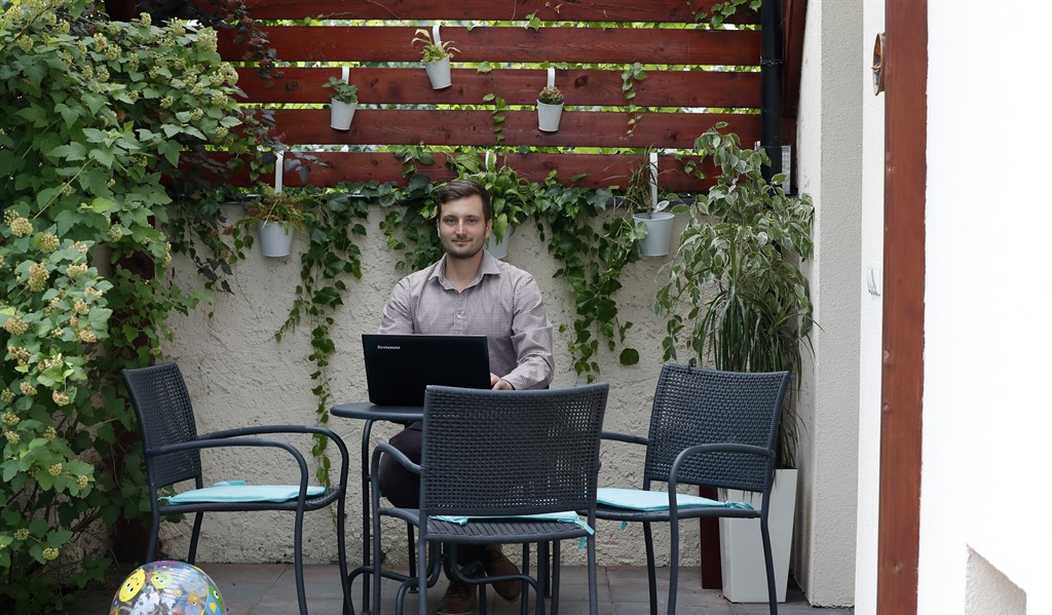The title question was one that was put to workers in a recent survey. At the beginning of the pandemic, many companies with the ability to do so sent their employees home to work remotely. This required a significant adjustment for many of them who traditionally had only worked in an office setting. Now that the vaccination rates are reaching the point where it’s considered safe to return to “normal,” workers in this category were offered a hypothetical choice. Would you choose to remain working from home permanently or come back to the office if your employer offered you a $30,000 per year raise in your salary to do so? For a solid majority of respondents the choice “wasn’t even close.” They would prefer to stay at home at their current salary. (Business Journals)
Employees at some of the country’s largest and most well-known companies would rather permanently work from home than get a $30,000 a year raise — and the results weren’t even close.
The survey, by anonymous professional network Blind, asked more than 3,000 employees on the platform if they would rather permanently work from home or get the extra cash, and 64% took work from home over the raise. The results come as companies large and small navigate a post-Covid world after having gone fully remote for much of the last year — and employees are benefiting from a labor shortage.
Of the 45 companies where employees were surveyed, only two of them saw a majority of their workers picking the extra money and a return to the office. But even then, it wasn’t a very large majority in either case. At JPMorgan Chase & Co., 53% would choose to come back to the office with a raise while 47% would stay at home with their current salary. The gap was a bit wider at Qualcomm, where 42% said they would continue working from home.
Working from home can take some getting used to, depending on the type of work you do. I was one of the people who didn’t really need to make any adjustments when the lockdowns started because with the exception of a few years I spent on a contract requiring a lot of out-of-state travel, I’d already been working from home almost continuously since the late 90s. On top of that, I’ve always been something of a recluse, so when the lockdowns began, life really didn’t change that much for me.
While it definitely required an adjustment for some people, both workers and employers appear to have realized the benefits that come with a remote workforce. When you no longer have to travel back and forth to the office, parents gain more flexibility when it comes to childcare options. Also, eliminating the daily commute saves workers more time and cuts down significantly on their transportation costs. You just have to make sure you don’t follow the example of Jeffrey Toobin and neglect to put on pants before your Zoom call begins.
As for the employers, having far fewer employees in the office means that you can operate out of a much smaller facility. That reduces all of your operating expenses across the board on everything from rent or construction costs to heating, air conditioning, and lighting. Even insurance costs can be reduced when there are fewer human beings traipsing around the building.
The big question for employers who were first venturing into these uncharted waters was whether or not their workers would still perform at the same level without being supervised. It turns out that in most cases, the answer was yes. A two-year study of more than 800,000 employees at Fortune 500 companies showed that nearly all workers demonstrated stable or even increased productivity after beginning to work remotely.
The linked report notes that JPMorgan CEO Jamie Dimon recently asked his workers to begin returning to the office. But Dimon may be in the minority on this. A number of other companies in his industry are already indicating that they’re planning on keeping significant portions of their workforce out of the office going forward. If you happen to see this as a positive development, perhaps we can’t say that absolutely nothing good came out of making our way through this pandemic.








